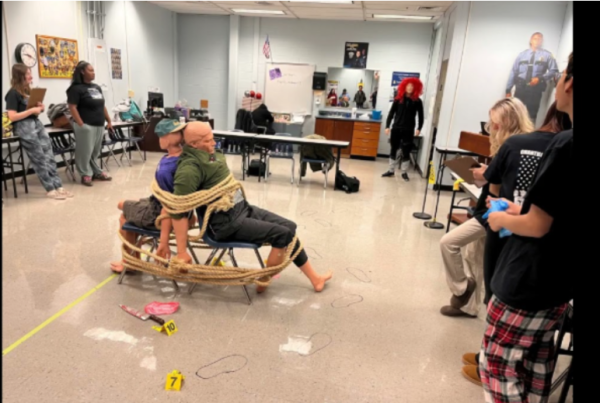THE STRESSES AND STRUGGLES OF APPLYING TO COLLEGE
The Sane Asylum
The Sane Asylum examines a topic relevant to mental health and human relationships–a breakdown of some common challenge to our sanity.
Students scrambling to meet deadlines, parents pressuring their children for perfect grades, colleges adding more obstacles for admissions. The academic environment has become more stressful and competitive, especially during the pandemic. Students’ mental health is experiencing new lows through the drastic changes of virtual school along with the increased workload.
A study done by the Research University discovered that students have been screening positive for depression and anxiety at higher rates than in previous years. Along with that, may students report that the pandemic has also made it harder to access mental health resources and care.
Recognizing the burdens the global pandemic has brought upon students, some colleges have decided to make standardized testing optional; while this made things easier for students, it also prompted an influx of applications. And applications aren’t exactly cheap; the costs can range from $40 to even $90. With many losing jobs and coronavirus taking a toll on households paying for multiple applications per child can be a burden as well. In a recent article by CNN, James Mabry, president of Middlesex Community College, speaks about students hit hard financially by the pandemic: “They’ve been out of work for some time, they’re broke. And many of them are just struggling to put food on the table … their goals, their dreams, their aspirations for an education and a better life have been quite rudely pushed off the table at this point.”
While navigating through this year of unexpected changes, I have also witnessed my friends and family brought face to face with the adversities of virtual education. One of my friends applying to college has said it’s been “a rollercoaster of emotions” as she navigates the unknown of college admissions. In a recent article, co- founder of College Transitions, Dave Bergman says, “I’ve read so many essays in the past that are just full of emotion. Some very personal where tragic things have happened to the student or their family,” Bergman said. “And others, it’s just the depression, anxiety, uncertainty, really eating them up.”
According to the National Student Clearinghouse Research Center, in comparison to last year, almost 22% fewer high school seniors who graduated in 2020 nationally went to college in the fall. This drop can have significant consequences, as almost 90% of top jobs in the state require some sort of credential past high school, according to a report from the state higher education department. Though this may seem like an insurmountable problem, there are many creative solutions we can implement.
The good news is that there are actions being taken to increase the mental wellbeing of students during these tough times.
“We’re seeing increased awareness of the value of bringing mental health into schools, which is step one,” says Sharon Hoover, PhD, co-director of the National Center for School Mental Health at the University of Maryland School of Medicine.
While interviewing some friends who have recently applied to college, one of them remarked that there are “much more resources to seek help from” and “more emphasis on a community of support and trust.”
I have observed that within the last year, many teachers and counselors have reached out to students by providing resources and people they can trust to bring their problems and conflicts to. However, we must reach out to students with more than just links and websites; we need to implement creative and long lasting solutions for the future as well.
Since we know that some students may feel ashamed or uneasy to admit their mental health issues, it will be more helpful to them to be confiding within a united group of students. That’s why I suggest schools implement online support groups for students to easily access– programs that allow students to meet other students and peers who are facing the same issues as them. This way, students can experience spaces in which there are multiple perspectives and various stories of how these changes in education and college admissions are impacting them. Students sometimes engage with unreliable resources to help them on our journey, so support groups where teenagers can discuss certain aspects of their journeys and focus on their concerns will prove useful. A friend of mine who had completed their applications told me that a mutual support system built on the foundation of similar obstacles would have been immensely convenient in her journey.
Throughout this complicated disarray of events, it is evident that we have the resources to shape an institution where we can all share our experiences and help each other. We can share experiences filled with positivity, novelty, and a sense of certainty in these confusing times. We can provide solutions to each other regarding difficult economic situations, by sharing scholarships and introducing one another to people who have mentored us in the process. In the “rollercoaster of emotions” we experience we can lend a hand to one another by communicating our relaxation techniques that we have found useful.
A lot of students have found themselves resorting to online platforms where strangers discuss the college admissions process, and provide advice; think about how useful it would be to students to converse with trusted peers instead of strangers on this topic. The virtual space we have provides so much scope for healthy communication within our community. Instead of scrambling to meet deadlines and dealing with pressure from others, we can all rise up together through a sense of unity and empathy.




